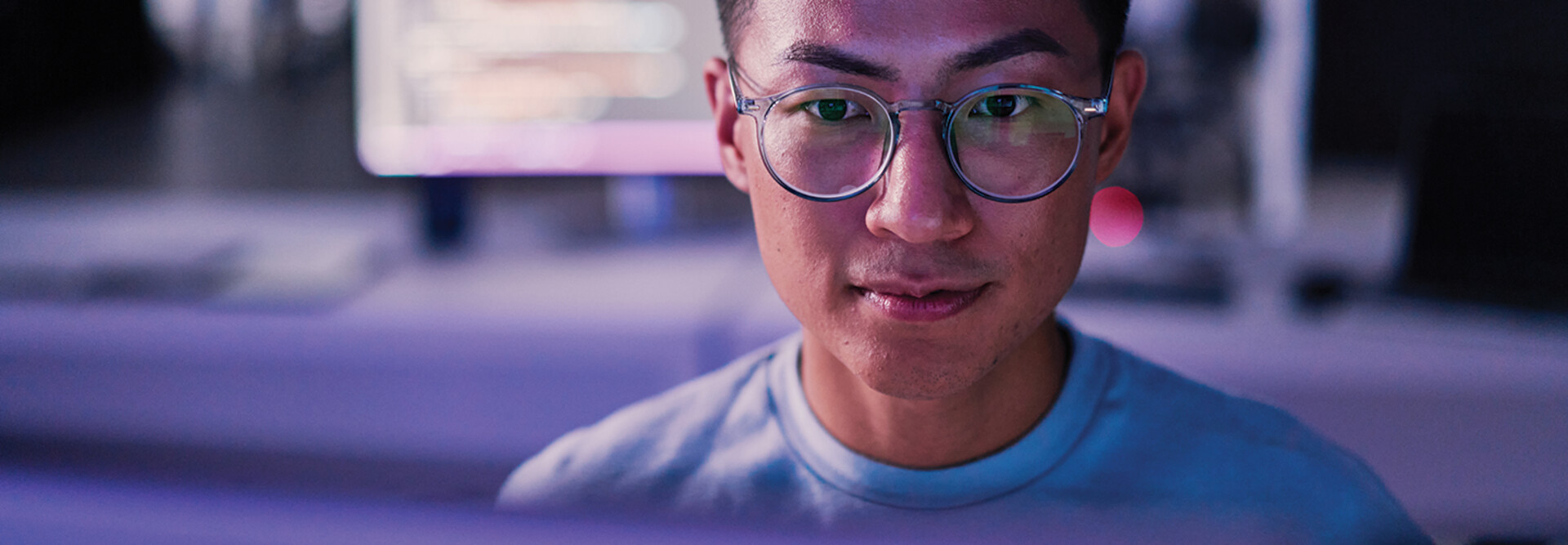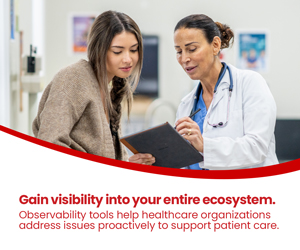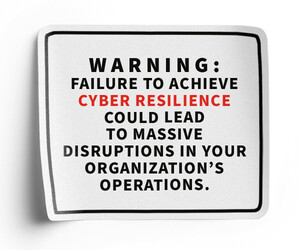A self-aware network can protect uptime for critical applications. In healthcare, that could mean patient monitoring equipment; a patient’s life could be on the line if the system goes down, says Bill Lobig, vice president of product management for automation at IBM.
Lobig says observability tools can understand the interconnectivity of systems and network endpoints and monitor transactions and API calls. As health providers monitor the vital signs of patients, IT leaders must monitor the health of a network and triage when problems occur, he adds.
“Knowing that there are vulnerabilities in critical places or not and being able to quarantine those or take action is a great way that observability tools can help healthcare applications,” Lobig says.
Healthcare Organizations Face Observability Challenges
At healthcare organizations, observability is often siloed and vendor-owned, which limits the ability of health systems to gain visibility, as they must rely on their vendors to maintain service-level agreements (SLAs). Segmented support systems lead to a “cascading effect of inefficiency,” Lin says.
“Without centralized governance, provided for by common tools and language, two opposite but equally undesirable outcomes emerge: excessive ownership or lack of ownership over issues,” he says.
Healthcare organizations can keep their partners and vendors accountable to their SLAs by using code-level insights and combining that with application and hardware logs, network path tracing, and proactive monitoring of private and public networks, Lin advises.
DISCOVER: Observability tools can help healthcare organizations solve five challenges.
AIOps Helps Health Systems Tackle Alert Fatigue
Alert fatigue is another challenge to maintaining a self-aware network, and healthcare providers have no shortage of alerts. AIOps, or artificial intelligence for IT operations, allows healthcare organizations to prioritize important alerts, Lin explains.
“For example, embedding AI within observability tools can help to set alerts and reduce false positives by creating dynamic baselines using historic data,” he says, adding that health systems can then group alerts into events to maintain visibility and prioritize what to monitor first.
AIOps allow health systems to self-heal by using AI and machine learning to detect problems and resolve issues without disruptions occurring. In addition, AI agents such as log agents and metric agents can correlate and pull together information on network issues. Rather than humans being responsible for identifying the root cause of IT problems, ML technologies and large language models can now sort through data to find the issues in log files and self-diagnose, Lobig says.
Click the banner below to learn why cyber resilience is essential to healthcare success.













